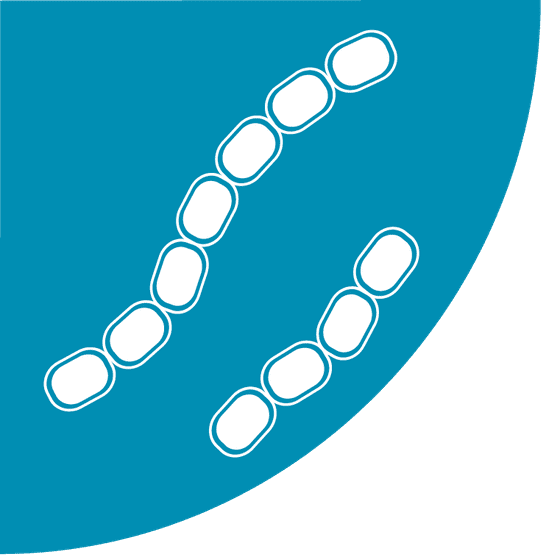NIOSH Identifies High-Risk Industries, Occupations for Infectious Diseases
A NIOSH review of infectious disease investigations in workplaces across the United States found that cases of infectious diseases appear to be concentrated in specific industries such as healthcare and in certain occupations, including laboratory, animal, and public service workers. Agency researchers reviewed scientific literature describing 66 U.S. workplaces during 2006–2015 to improve understanding of the range of cases, risk factors for workers, and ways to prevent infectious disease transmission on the job.
“The cases we reviewed allowed us to identify a range of diseases, specific settings and activities that are at an increased risk for certain infectious diseases, and employee and workplace factors that often facilitate transmission of the disease,” said Dr. Marie A. de Perio, one of the lead authors of the study. “We then used this information to highlight effective prevention and control measures that should be taken into account at work sites in order to prevent the spread of disease.”
Work-related cases of infectious disease were associated with a variety of pathogens, but NIOSH found that bacteria were responsible for most reported cases. Other pathogens included viruses, fungi, and parasites or protozoa. Researchers also identified reports of some emerging or reemerging pathogens—Ebola virus, lymphocytic choriomeningitis virus, norovirus, Bacillus anthracis, and Yersinia pestis—that caused several clusters of workplace disease.
NIOSH’s review describes three categories of risk factors for work-related infections: disease factors, workplace factors, and worker factors. According to the agency, many factors can combine to increase the risk for infection among workers. For example, public service workers may acquire respiratory virus infections because their work involves interaction with the general population, including persons who are potentially ill. Workplace factors such as work practices, processes, and engineering and administrative issues can pose biologic hazards to workers. Individual characteristics of workers, including impaired immunity and inadequate prophylaxis, are additional factors that may increase workers’ risk of acquiring and transmitting infectious diseases.
The study’s authors explain that a hierarchy-of-controls approach can help determine how to implement effective preventive measures in workplaces. Measures that could help prevent disease transmission and protect workers’ health include strengthening biosafety programs in high-risk industries and involving professionals from multiple disciplines, including epidemiologists, physicians, industrial hygienists, and engineers. Improved ventilation systems, vaccination of workers, and appropriate personal protective equipment are other options for protecting workers.
Several high-risk occupations were identified in the published literature reviewed by NIOSH, but the researchers stress that other occupations may also be at risk.
“Although it is clear from the literature review that many groups of workers are at risk for infectious diseases, we may be missing some clusters in workplaces, given that surveillance of work-related infectious diseases is not done systematically,” said Sara Luckhaupt, MD, MPH, co-author of the study. “We also may be missing exposures, industries, and occupations not readily identified as at risk.”
The study appeared in Emerging Infectious Diseases, an open-access, peer-reviewed journal published by the Centers for Disease Control and Prevention.
For information about the role of industrial hygienists in preventing the transmission of highly hazardous communicable diseases, read the cover article of the April 2018 Synergist, “No Boundaries.”
NEWSWATCH
BACTERIA AND VIRUSES

Work-related cases of infectious disease were associated with a variety of pathogens, but NIOSH found that bacteria were responsible for most reported cases.

